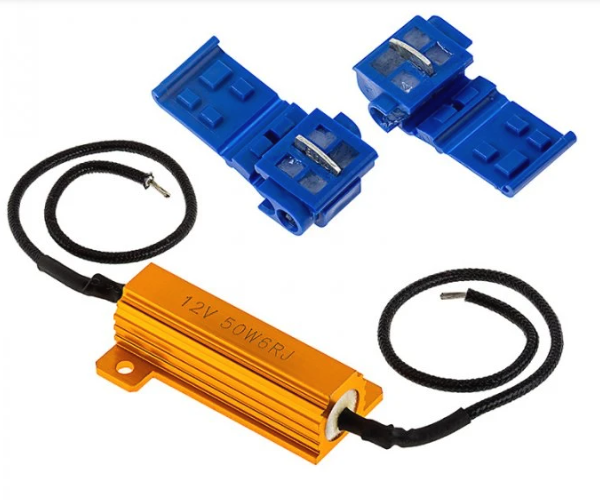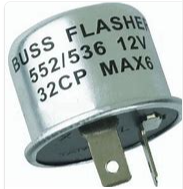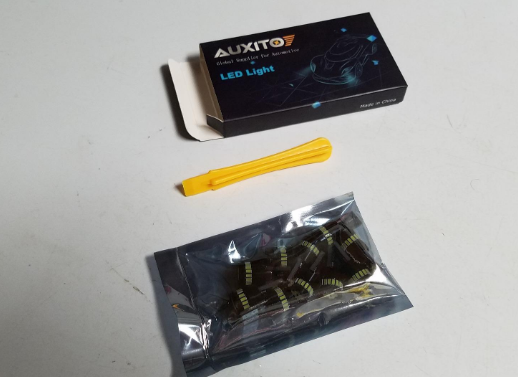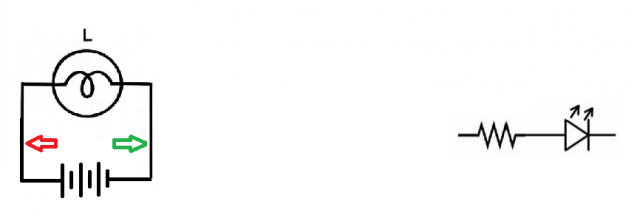Not many people have access to SMD soldering equipment.
You can extend the life also by using those LED "ballast" resistors that are about 6 to 10 ohms of resistor value.

Use 1 in IN SERIES (cut 1 wire in the pigtail and splice it in to that line) - that is SERIES.
Has to be in SERIES!
What about Parallel - Parallel is ACROSS the load - which is what many owners of Filament have to do - is place the resistor as the LOAD across the LED - the load then prevents the "hyperflash" many will get switching their systems from the tungsten to LED.
What (it sounds like) you're trying to do is extend the life of LED in that particular application and socket - so that requires some form of a resistive element to offset the boosted and varying voltages seen in todays alternator regulated idle speed to 4,000 RPM daily gunner seated - driver demanded - vehicle, these days.
To extend the LIFE of the LED - due to that brightness and varying voltage - the ballast resistor can power nearly all those LED will little effort in losses - it will also extend the life considerably - by using one LOAD resistor shown and do this for 3~5 LED bulbs per resistor as a series dropping resistor will reduce the current into the LED's own PCB and dropping resistor network .
The clue to a successful install using those units is to find a resistor of 1W value in a 8 to 10 ohm which accomplishes the same thing - only without the bulkier heat sink many will need to drop that level of amperage thru the LED replacement light. This works for "per LED light" - saves the bulky effort and only for those wires to that particular fitting lamp assembly. It also cuts down on the parts count - you're only doing this to one or two branches of a circuit. Unless, of course, you're doing this for Halogens or some other effort.
The "amp draw" such LED as you provide the link to - usually offer (consume) is about 0.166 A (167mA) at 12VDC - power consumption - per LED - 2W is the overall rating factor and the amount of heat generated - compared to about 20A inrush current demand of a H1 Fog light Halogen which when fully lit and stabilized at 12V is about 50W with about 75% of that wattage as Heat generated that has to be dissipated.
Best to look at the package of such devices then; to find and know that the load resistor is included - else; with so many 194 filament types in use for todays running light and turn signal functions on the car - the "hyperflash" does not become and issue unless you are using LED on a circuit that specifically requires or was designed for Halogen or Tungsten (filament) bulbs exclusively. This happens on turn signals that used to use the older "Thermal Flasher" or button type relay on the old Fuseblock the Ford used to have.

Funny thing about Tungsten is they have a lot of applications going for them - including the very thing we're talking about.
If you were to take that W5W bulb (168 or 194 or such) and use it for "ballast" instead - that filament will drop voltage across it. Using the filament - being designed as a positive coefficient device - will heat up and show as even more of a resistive element. Therefore, as more power is drawn across (like the Series described above) it will heat up and that heat forces it to pose a higher resistive value to the power flowing across it. Eventually it will begin to glow and you'll arrive to a point of only so many LED bulbs can be fed on this lamp as a branch for power. The bulb begins to consume all the power as resistive element the filament is, against the LED's demanding it.





